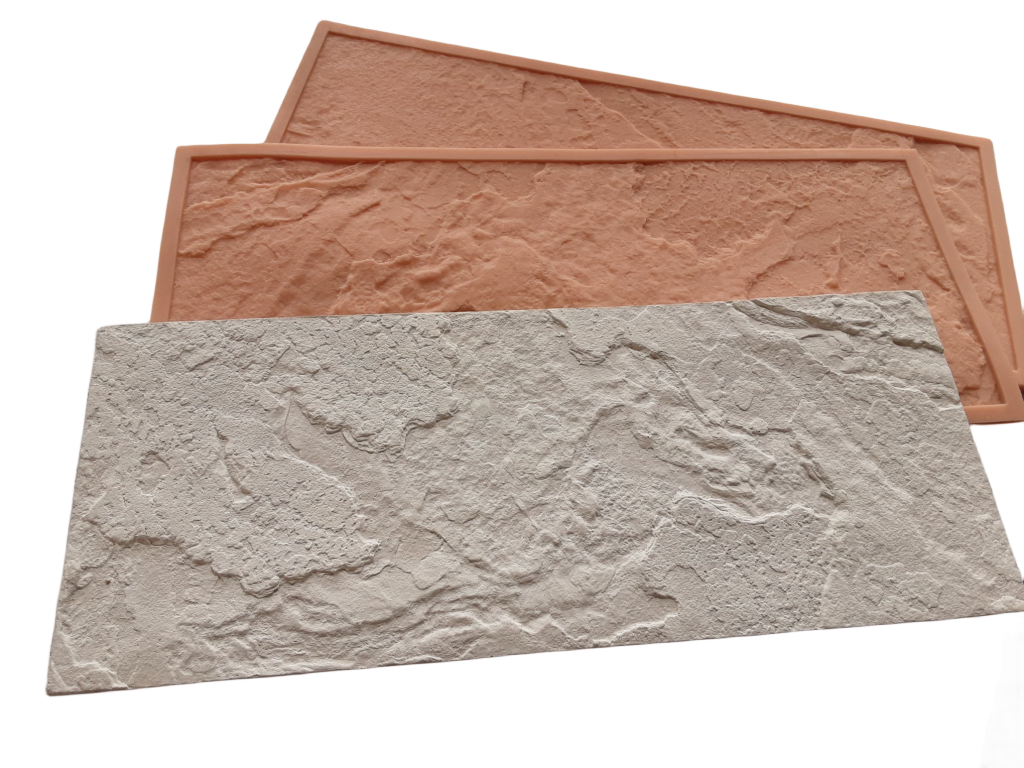Mold-making is an intricate process that requires precision, durability, and adaptability. Two of the most popular materials in the mold-making world are silicone and urethane. Both have their unique advantages, but which one is right for your project? This article delves into the specifics of each material, helping you make an informed decision.
1. Understanding the Basics
a. Silicone:
Silicone molds are known for their flexibility, resistance to high temperatures, and ability to reproduce intricate designs with high precision. They are especially popular in culinary arts and crafts due to their non-stick properties.
b. Urethane (Polyurethane):
Urethane molds are celebrated for their strength, versatility, and wide range of hardness options. They can be tailored to suit various applications, from soft rubbery molds to hard plastic-like molds.
2. Advantages & Disadvantages
a. Silicone:
Advantages: No release agent needed, excellent chemical resistance, and high-temperature resistance.
Disadvantages: Higher cost, potential shrinkage on cure, and limited storage life for certain types.
b. Urethane:
Advantages: Higher strength, low to moderate cost, and a wide range of hardness options.
Disadvantages: Requires careful application of release agents, moisture-sensitive in liquid form, and potential for shorter mold lifespan compared to silicone.

3. Key Considerations
a. Casting Material:
For materials like concrete, urethane molds are often the go-to option. However, for casting resins, silicone molds are generally preferred due to their non-stick properties.
b. Quantity of Castings:
If you need a large number of castings, urethane might be more cost-effective. However, for intricate designs or where a smooth finish is paramount, silicone might be the better choice.
c. Model Material:
Certain materials can inhibit the curing of mold-making materials. For instance, sulfur-containing clays can inhibit the cure of platinum-cured silicones. It’s essential to consider the material of your model when choosing your mold material.
4. Conclusion
Both silicone and urethane have their place in the world of mold-making. Your choice will depend on your specific needs, budget, and the intricacies of your project. By understanding the properties and advantages of each material, you can ensure that your mold-making endeavor is a success.


